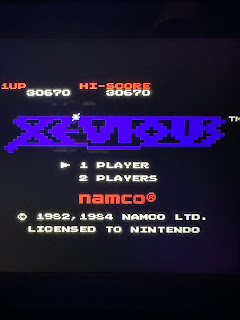This ability has allowed me to play through old 2D platformer games without having to repeat difficult sections or battles. Traditionally those games have no save points at all, just continues, making repetition the difficult part of playing those games to completion.
For games that do have saves built into them, the Analogue Pocket’s save states can be a good secondary save option. A game may only save at the end of each level by design, for example, but with save states one can create convenient mid-level saves.
Finally, I’m starting to see the save batteries fail in Game Boy games older than thirty years. My saves on the Final Fantasy Legend trilogy, for example, are all gone. Thanks to the save states of the Analogue Pocket, those games are still playable by using the micro SD card to create saves instead, should I desire to play those games again.
A new use occurred to me the other day: use the save states to save high scores on arcade games that do not have a battery backup. Games without the battery only save the high scores for each session of gameplay, and the scores are erased as soon as the game is turned off. With the save state on the Analogue Pocket, one can save their high scores for much longer.
I’m testing it with Xevious for the Game Boy Advance. That mid-eighties arcade classic holds a special place in my heart as it was in the student rec room at Mansfield OSU when I was taking classes there, but I digress:
That’s not a very high score yet, but I just started playing it again.
The ability to play old games with new hardware has been a middle aged joy for me. Finding clever ways to enhance those games using features like save states just adds to their value.



